Candelaria is the second largest city on the eastern coast of Tenerife, about 20 kilometers south from the capital. This city of 25,100 inhabitants is very picturesque, and furthermore it is known for being the catholic centre of the island and the place of special whorship of Virgin Mary attracting pilgrimages of the all archipellago. There is even supposed to be a legend about two Guanches that discovered a miraculous statue of Mary in a cave, with baby Jesus in one hand and a candle in the other - this most likely relates to the name Candelaria, as Candela means... a candle in spanish. Well who would have guessed?
Plaza de la Patrona de canarias is a relatively big square in the middle of Candelaria, facing the ocean. It opens up to the cathedral as well making it the gathering place for all the pilgrims flocking to the city, but also to other cultural festives and other activities.
Personally, when I visited this site I had no idea of its religious significance. I liked this central plaza, apart from the cathedral there are nine black statues of former leaders of indigenous people of the Canary Islands, the Guanchas. Before leaving Candelaria we also took a walk along the beach in the northern directions and it seemed to be a really nice and peaceful alternative to Costa Adeje beach area.
Santa Cruz is the capital of Tenerife, and one of two capitals of the canary archipelago. Undoubtedly, the largest urban area, the largest harbour and the general powerhouse of the island. It gave me the feeling of a perfect minature version of a typical Spanish city. It had old quarters of narrow streets, abundant and pretty spectacular parks, cultural facilities.
Plaza de Espana is the main square of this municipality, a large representative space facing Santa Cruz's harbour, the city halls and representative hotels, overlooking the mountains.
Another major sight and an acclaimed symbol of the city is the Auditorio de Tenerife, a modern auditorium with a very expressive form designed by a star architect Santiago Calatrava. This is that sort of architect that with minimum knowledge of modern architecture just after one glance at this building you will just know that its his. Nevertheless, the auditorium is a fine building defining the panorama of Santa Cruz.



























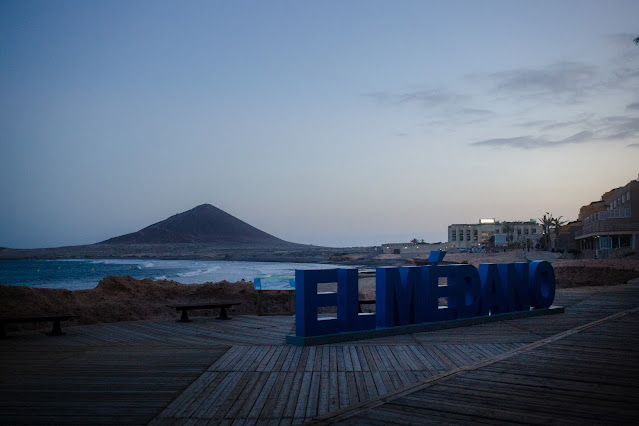






































































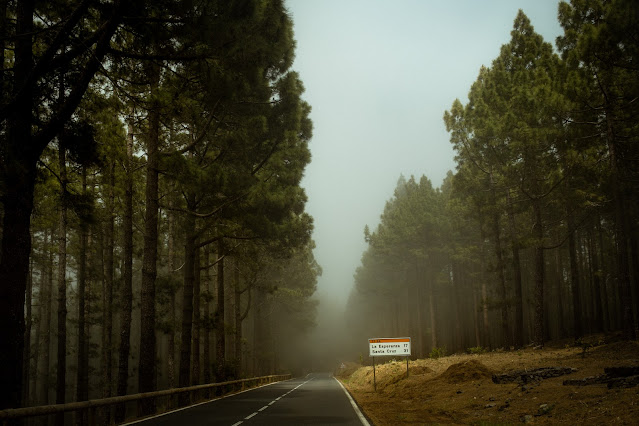









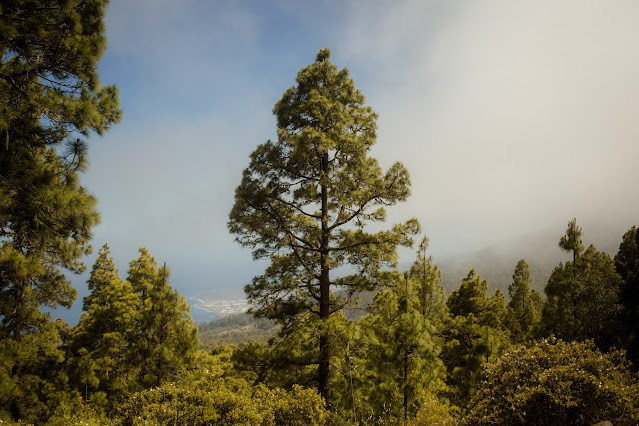
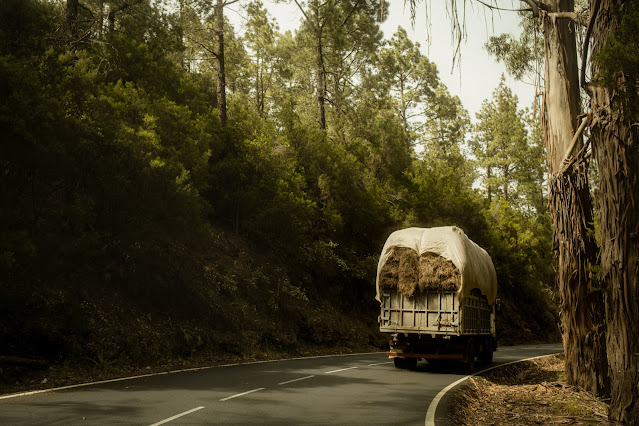
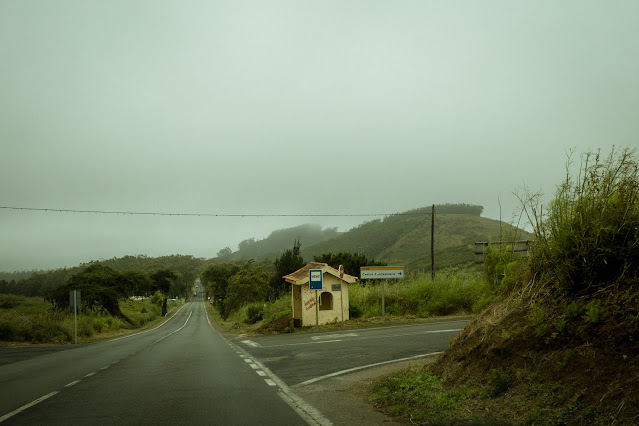



















































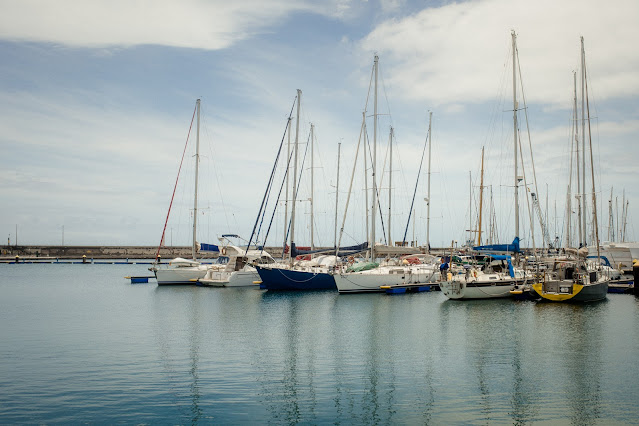













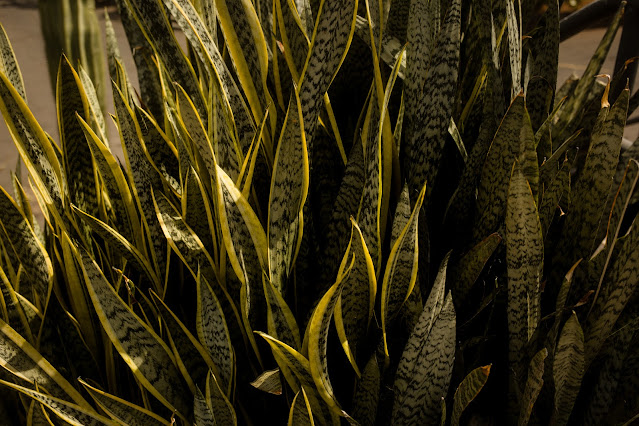





























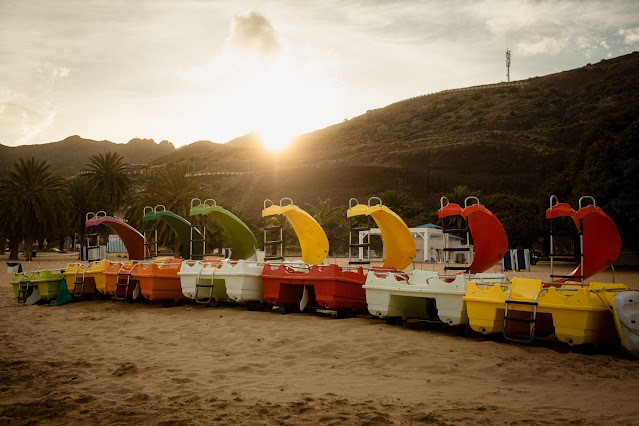































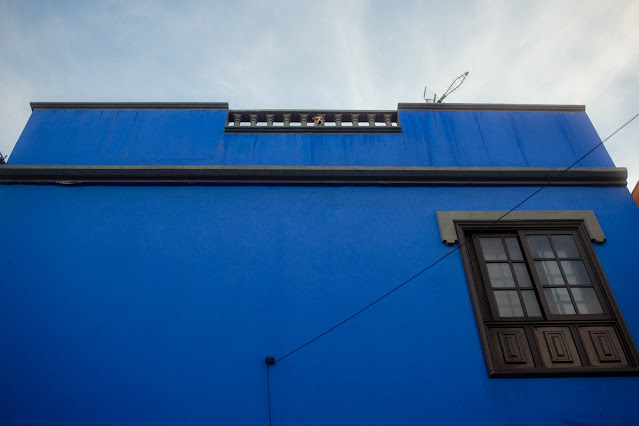

















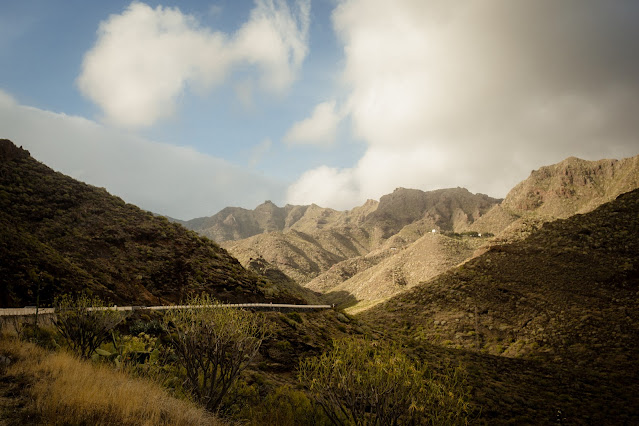















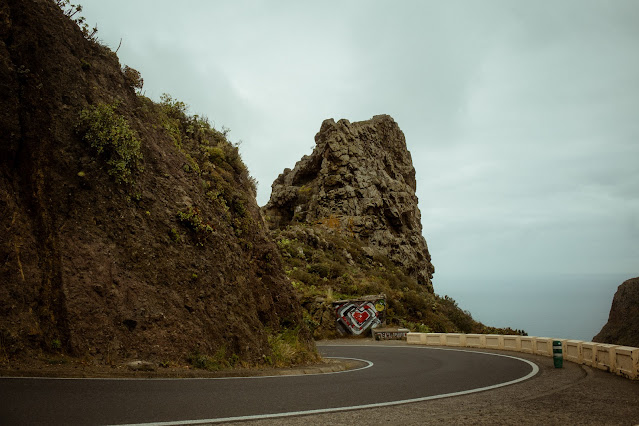


















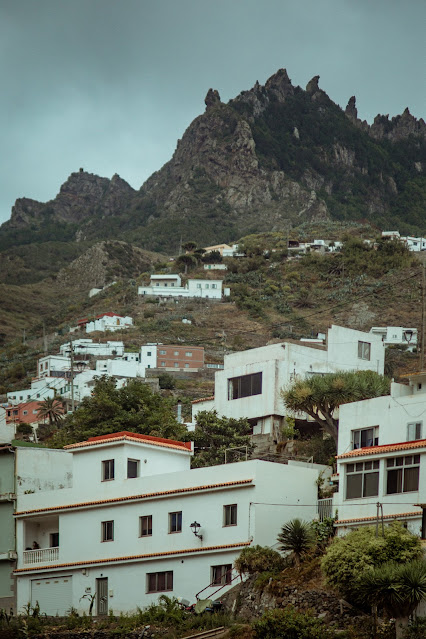
















































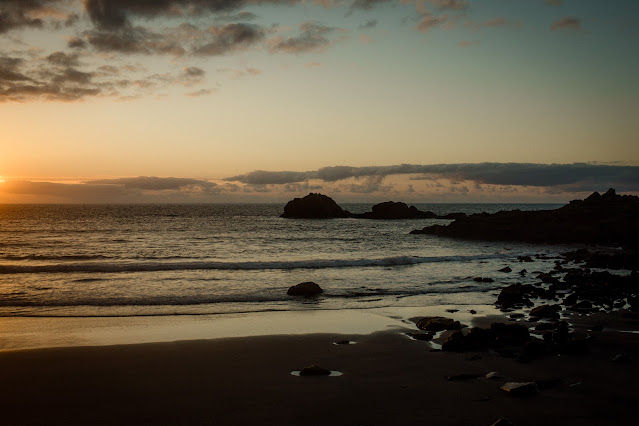









0 komentarze